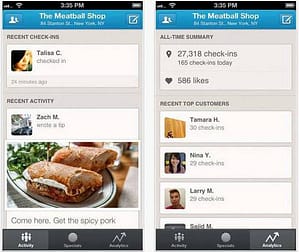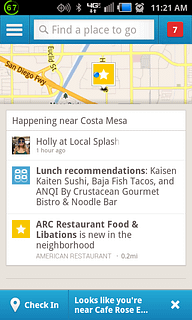The 5 Best WordPress Plugins to Use for SEO
WordPress, WordPress, WordPress, the most popular open source content management system (CMS) on the internet today. Almost everyone talks about it, and over 379 million people have viewed more than 4.1 billion WordPress pages every month since its initial unveiling in 2003. However, all of these people are thinking the same thing, “How will I separate my WordPress website from the rest of the pack? How will I rank the best on search engines like Google, Yahoo, and Bing?” Well, alongside best SEO practices your plugin pack could affect your site’s performance and functionality, potentially affecting your online ranking.
Today there are over 23,500 WordPress plugins available, which makes it extremely difficult to discover which ones are harmful and which ones are beneficial to your website so we have tested and compiled a list of the 5 best WordPress plugins to use for SEO.my WordPress website from the rest of the pack? How will I rank the best on search engines like Google, Yahoo, and Bing?” Well, alongside best SEO practices your plugin pack could affect your site’s performance and functionality, potentially affecting your online ranking.
- WordPress SEO
Write better content with the WordPress SEO plugin. The WordPress SEO plugin is the best SEO plugin on the market by integrating specific enhancement features including: page analysis, Meta & link elements, xml sitemaps, rss optimization, breadcrumbs, editing your robots.txt and htaccess file, social integration, multisite compatible, and import and export functionality.
- Local SEO for WordPress SEO by Yoast
Today local search is more important than ever before. Thanks to searches on the go more people are searching on with local search phrases. It should be obviously apparent that your business wants to be found for these terms. Well, Local SEO for WordPress SEO by Yoast is just the plugin! For just $69 for a single site, this plugin and all its advantages can be yours! It sets up your site in a way that Google loves by emphasizing the most important part about your business, your location!
- W3 Total Cache
Ever Heard of Web Performance Optimization (WPO)? Well now you have. Trusted by countless companies and downloaded by thousands of users, W3 Total Cache improves the user experience of your site. By increasing server performance, reducing the download times and providing transparent content delivery network (CDN) integration your user will hopefully leave your site a happy customer because your website will load and run fast. This helps for SEO because part of Google’s algorithm is site speed, which is why this plugin is so important.
- Google Analytics for WordPress
Yoast strikes again! Having a website with no analytics is like getting lost in the desert with no map. With Google Analytics for WordPress tracks your site’s stats with lots of metadata and has the ability to build your own roadmap to success by analyzing your user’s behavior and tweak your business model from there.
- WPtouch
Have a non-responsive website? No problem, just download the WPtouch plugin for a reformatted mobile version of your site. Your site can now be viewed from iphones, ipads, androids, blackberry, and more!
Do you have a favorite plugin that you think should be in the top 5? Feel free to let us know what it is in the comment section below.





